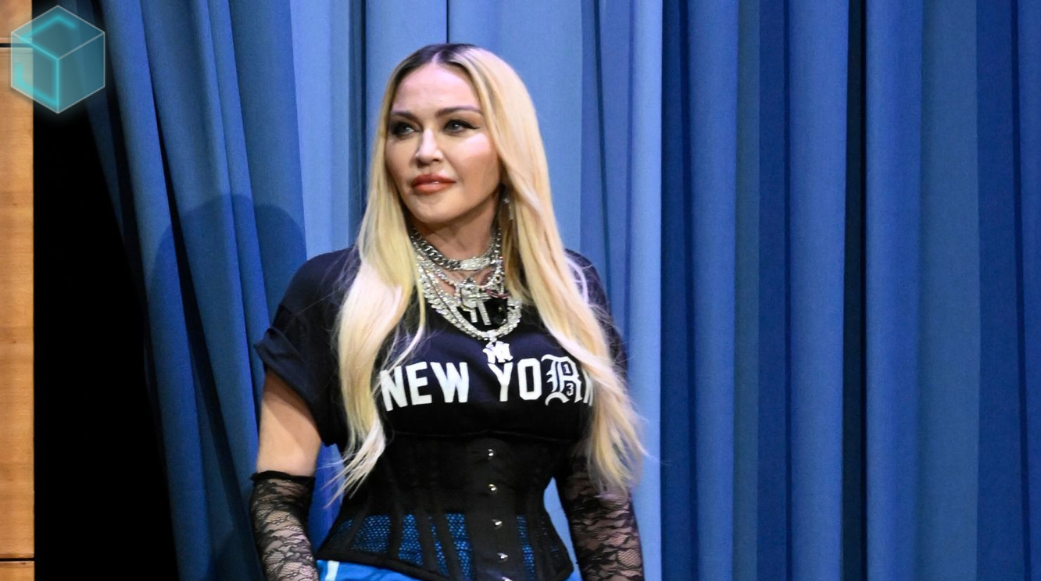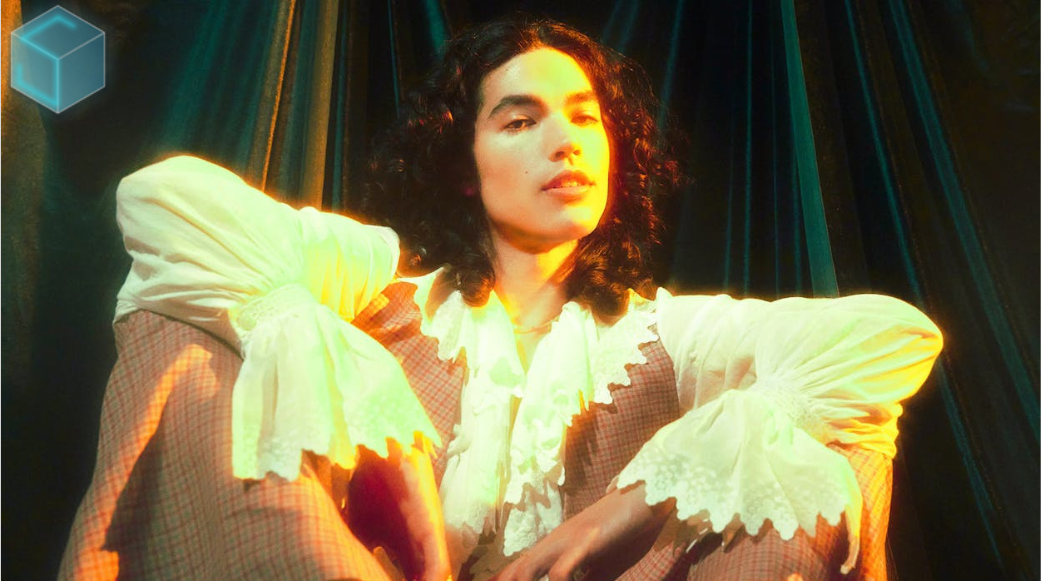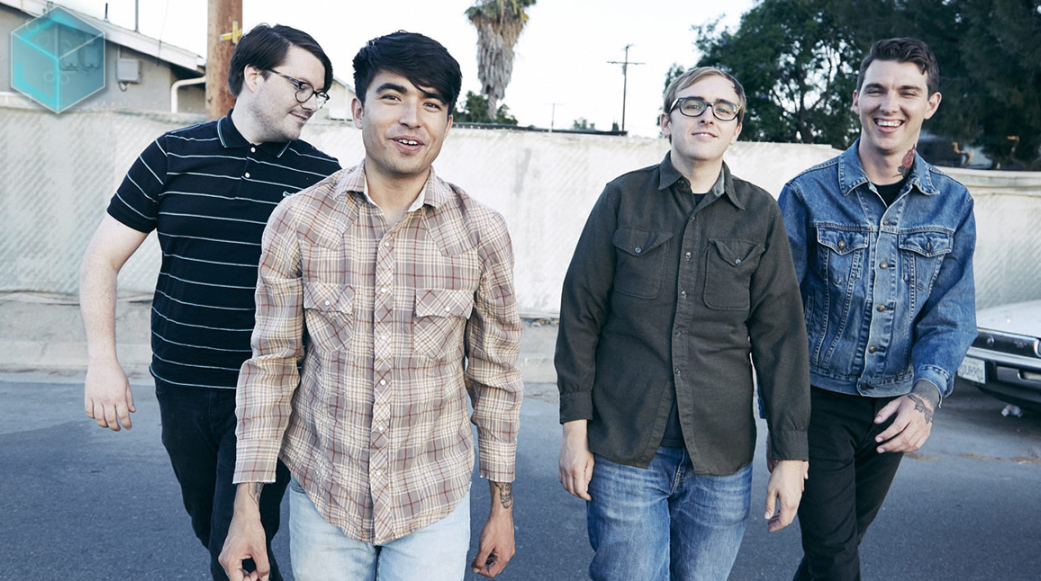
August 21, 2025
Cardi B is officially back in album mode. On Friday, the rap superstar released her new single “Imaginary Playerz,” a bold track that samples Jay-Z’s classic “Imaginary Player.” The release comes...
Read more
August 21, 2025
Gary Oldman opened up about his decades-long friendship with the late David Bowie, calling the world a very different place since the music icon’s death in January 2016. In a heartfelt interview...
Read more
August 21, 2025
The Queen of Pop just proved she's still the ultimate trendsetter even when it comes to birthday cakes. Madonna rang in her 67th birthday with a luxurious Italian getaway capped off by an enormous...
Read more
August 20, 2025
Former Little Mix star Jade Thirlwall isn't mincing words about artists who avoid political engagement, specifically calling out The 1975's Matty Healy for what she sees as a privileged stance. In...
Read more
August 20, 2025
PinkPantheress has once again cracked the code of Gen Z’s collective brain chemistry with her track Illegal. It’s short, it’s addictive, and it’s the kind of song that makes you feel like you’re...
Read more
August 20, 2025
Conan Gray has never been shy about writing songs that feel like reading your high school diary at 2 a.m. with the lights off. But with Caramel, he’s gone full Willy Wonka heartbreak mode. It’s...
Read more
August 20, 2025
PinkPantheress has always had a gift for making music that feels like it was recorded inside your daydreams, half diary entry, half late-night Tumblr scroll. With Romeo, she’s taken that talent and...
Read more
August 20, 2025
Every so often, a song arrives that feels less like a single and more like a cinematic event. LISA’s latest release, DREAM featuring Japanese actor and heartthrob Kentaro Sakaguchi, is exactly that...
Read more
August 20, 2025
If Cardi B has taught us anything, it’s that she doesn’t just rap, she throws down verbal haymakers wrapped in couture and glitter. Her new joint, “Imaginary Playerz,” is a full-on drag session for...
Read more
August 20, 2025
Everyone’s favorite pop-punkers, Joyce Manor, are back with their first new song in three years. The surprise single, “All My Friends Are So Depressed,” is out now via Epitaph Records, blending...
Read more
August 20, 2025
In 2025, Christian culture is prevalent, although it was previously on the outside of popular music. The Billboard Hot 100 is dominated by religious-themed songs like Benson Boone's...
Read more
August 20, 2025
Michael Tait, a well-known Christian rock musician (DC Talk, Newsboys), has admitted to engaging in "unwanted sensual" behavior and substance misuse for decades. Multiple accusers allege abuse...
Read more.png)
Reverb can be a powerful tool in drum recordings, adding depth, space, and character to your drum mix. However, using it correctly is essential to ensure your drums don’t sound too muddy or distant. In this article, we'll explore how to apply artificial reverb to drum recordings effectively and look at how famous music creators, like Phil Collins, have mastered this technique to create iconic drum sounds.
Reverb creates a sense of space in your mix by simulating how sound behaves in different environments. For drum recordings, reverb can help place the drums in a specific acoustic context, whether it’s a small room, a large hall, or even an open arena. However, applying reverb to drums can be tricky because of the different elements involved – each with unique frequencies and dynamics.
In your current setup, you have five mics: two in front of the drum set to capture the low end, two overheads directly above the kit to capture the highs, and a snare mic. The challenge you’re facing is deciding whether to apply reverb to only the close mics (like the snare mic) or to the room mics (the overheads and front mics).
Here are some tips to help you decide how to apply reverb to your drum tracks:
A great example of a music creator who mastered the use of reverb on drums is Phil Collins. In the iconic song "In the Air Tonight," Collins used a technique known as "gated reverb" to create a powerful, punchy drum sound that became a hallmark of the 1980s. This technique involves applying a heavy reverb to the drums, particularly the snare, and then using a noise gate to cut off the reverb tail abruptly. The result is a reverb that sounds big but controlled, giving the drums a dramatic and distinctive sound.
Phil Collins' use of gated reverb shows how creative reverb application can make drums sound larger than life while maintaining clarity and impact. You can experiment with a similar approach by using gated reverb on your snare mic or applying it to the whole drum bus to achieve a cohesive, punchy sound.
The best approach to applying reverb depends on the sound you're aiming for and the unique characteristics of your drum kit and recording environment. Experiment with different reverb types, levels, and mic placements to find the sound that works best for your project. Remember, reverb is as much an art as it is a science – so don’t be afraid to trust your ears and get creative!